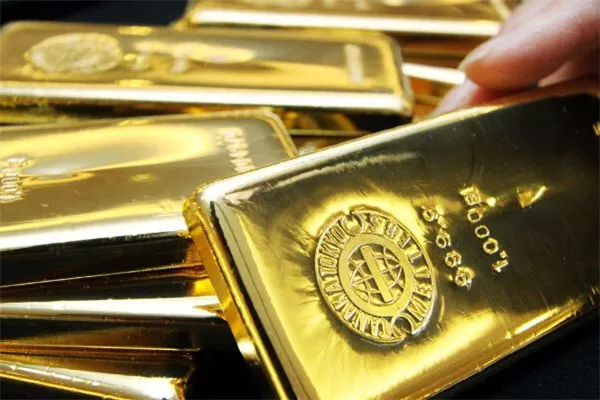Gold (XAU/USD) saw a recovery on Thursday, trading in the $2,340 range as the US Dollar weakened following a downward revision of US GDP data. The revised figures, reflecting slower consumer spending, indicate a softer economic outlook.
The US Bureau of Economic Analysis reported that annualized GDP growth for the first quarter was adjusted down to 1.3% from an initial estimate of 1.6%. This figure, while below the 3.4% growth seen in the fourth quarter, met analysts’ expectations. The revised GDP data contributed to a decline in US Treasury yields, which typically moves inversely with gold prices.
The slower GDP growth suggests that the US economy may not be as robust as previously thought, potentially signaling a decrease in inflation. This scenario could lead the Federal Reserve to lower interest rates, benefiting gold prices as lower rates reduce the opportunity cost of holding non-yielding assets like gold.
Mixed Signals on Interest Rates and European Inflation Impact
Despite these supportive factors, gold prices remain under pressure due to mixed messages regarding future US interest rates and unexpectedly high inflation readings in Europe.
Minneapolis Fed President Neel Kashkari surprised markets on Tuesday by indicating that further rate hikes had not been ruled out. He also mentioned that any potential rate cuts would likely occur twice towards the end of 2024, maintaining a cautious stance on monetary policy.
Meanwhile, inflation data from Europe has shown stronger-than-expected results, suggesting persistent inflationary pressures. German inflation, measured by the Harmonized Index of Consumer Prices (HICP), rose by 2.8% year-over-year in May, surpassing economists’ expectations of 2.7% and the previous 2.4% reading, according to Eurostat data released on Wednesday. Similarly, Spain’s preliminary HICP for May increased by 3.8%, above the forecasted 3.7% and significantly higher than April’s 3.4%.
These inflation figures indicate that the Eurozone-wide HICP, to be released on Friday, may also exceed expectations. This could lead the European Central Bank (ECB) to reconsider further interest rate cuts, complicating the outlook for gold prices amid global inflation concerns and central bank policies.
Outlook
As traders anticipate the upcoming release of April’s Personal Consumption Expenditures (PCE) Price Index, the Fed’s preferred measure of inflation, gold prices will likely remain sensitive to economic data and central bank communications. The core PCE figure is expected to show a 2.8% year-over-year increase, while the headline PCE is projected to rise by 0.3% month-over-month. These data points will provide further insight into the inflation trajectory and potential future monetary policy adjustments.


